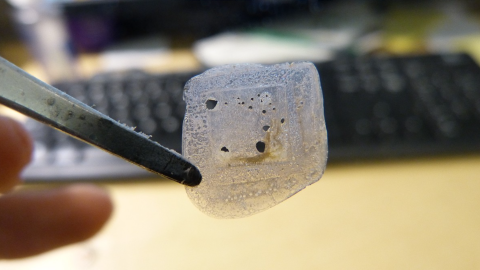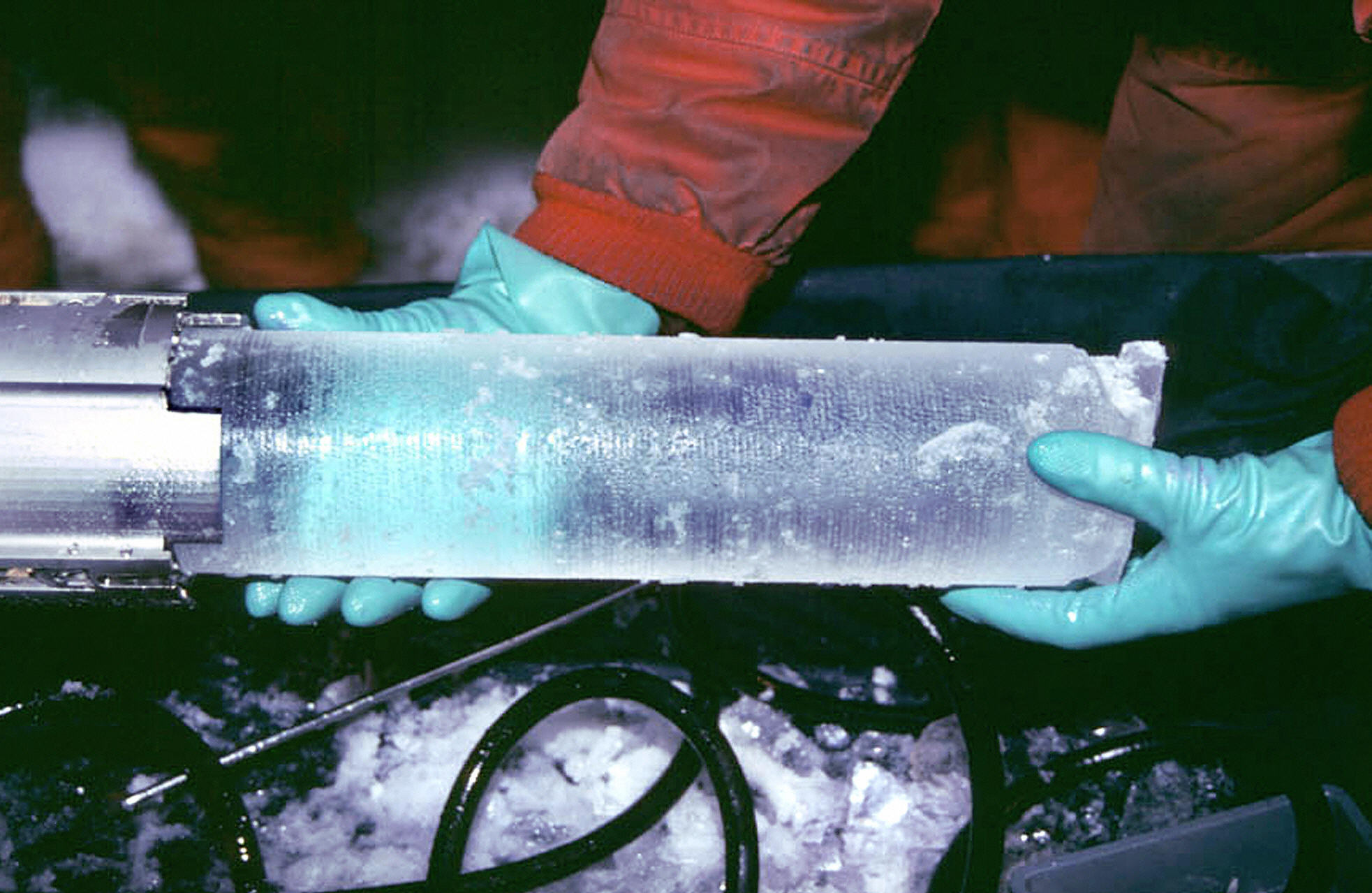Why your next must-have gadget will probably self-destruct

Electronics. They’re pretty good, right? But while this year’s Apple HomePod or other device du jour reigns supreme, there are many (many!) other gadgets from yesteryear that are filling up landfills nationwide. It’s not a good thing. In 2014, over 41 million tons of e-waste was generated across the globe, with only 6.5 tons of that sent to electronic recycling programs.
Engineers at Cornell University are looking to fix this by making disposable electronics that self-destruct once they’re no longer needed. Think less Inspector Gadget self-destruction than clean and simple self destruction: think medical implants that simply evaporate.
They’re calling the area of study “transient electronics”, and if the images shared by Cornell (see above) are any indication of what we can expect, it could mean that your next gadget is flesh-colored, malleable, and able to fit just about anywhere. The all-new Apple iEar, anyone?
By using a radio frequency, scientists can trigger the self-destruction process externally and according to reports, all that would be left over would be “a fine powder made of cesium and rubidium oxides, sand from the silicon chip, tiny flakes of carbon from the graphene, and the battery.” Researchers are now trying to work out how to make a battery that would evaporate, too.
While this technology could immediately be used to make medical gadgets, it could also be made applicable to regular electronics, meaning that your iPhone could just dissolve into trace elements instead of taking up space in a dump somewhere in a few years.



